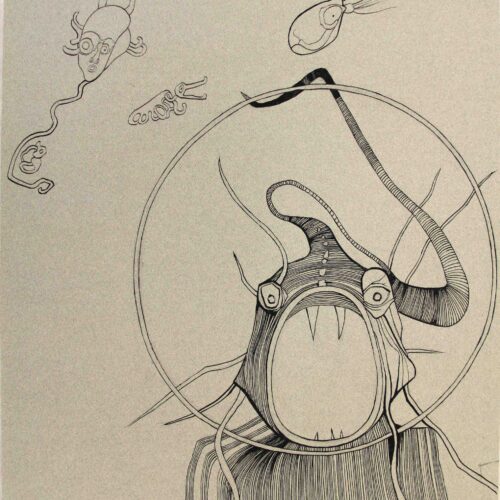
Drawings
Although known primarily for her paintings, Hood consistently created drawings throughout her career and her works in this medium highlight her sure hand and expert draftsmanship. She began drawing as a child and continued to obsessively work with pen and ink until the mid-1970s. At that time, her process began to affect her health and her productivity in this medium. Working while standing and looking down at the paper, rendering precise and detailed expressionistic imagery caused damage to the vertebra in her neck, bringing acute pain. To accommodate her injury, Hood changed her process and incorporated delicate, spare lines, and expansive space as seen in the drawings from the late 1970s until her death.
Early in her career in Mexico, Hood focused on drawings for practical reasons due to moving frequently and a lack of financial resources. Despite her desire to paint more, Hood’s drawings chart her evolution as an artist and are key to understanding her interests throughout the decades. Her earliest portrait drawings fit the conservative art programs of her schooling. The anti-war drawings of the early 1940s reflect her relationships with many artists exiled from their home countries due to war, and her works from the 1950s and 1960s demonstrate the influence of the surrealist artists she kept company with while residing in Mexico. In the 1970s and beyond, Hood explored the same themes found in her paintings: explorations of other cultures, nature, water, outer space, and the inner mind. Of her drawings, Hood stated, “I did many pen and ink drawings—metaphoric, metaphysical, and metabolic studies of nature with a Freudian edge—work on many levels of consciousness at once. … The drawings were a little frightening, for they produced in me an adventure into the unknown, a transference of inner realms going to outer space, which left the body outside gravity—I, the lone and fragile voyager traveling a dangerous road.”

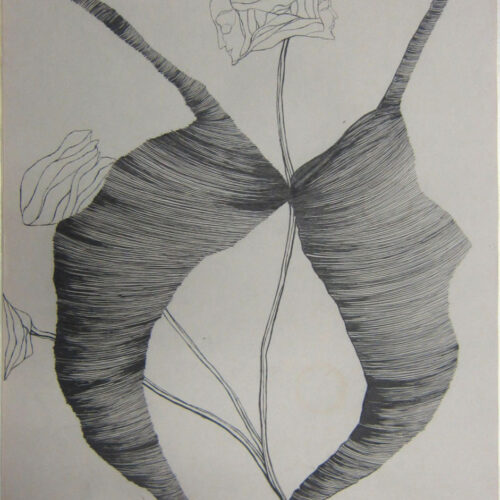
Untitled (Two Cyclones), n.d.
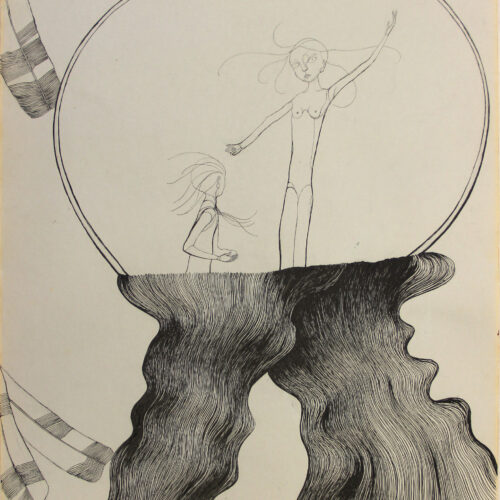
Untitled (Snowglobe), n.d.
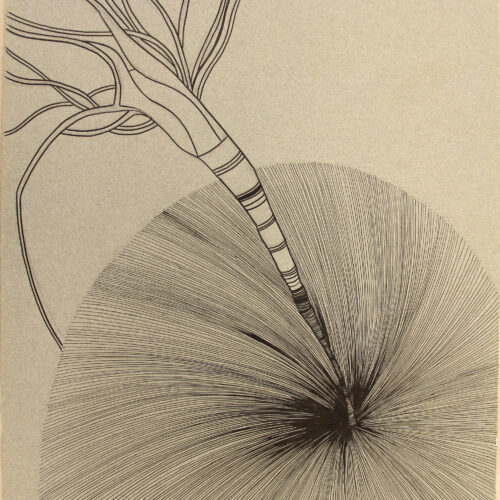
Untitled (Sea Anemone), n.d.
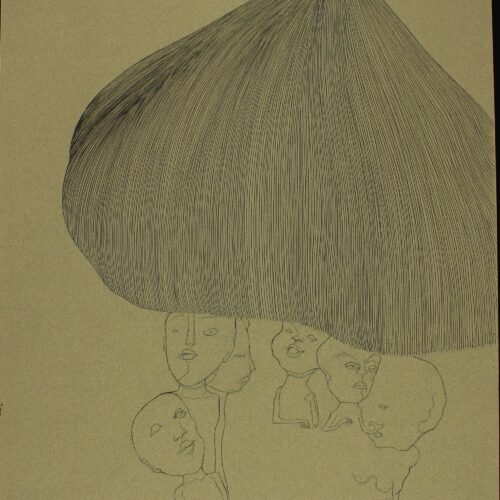
Untitled (Mushroom Hat), n.d.
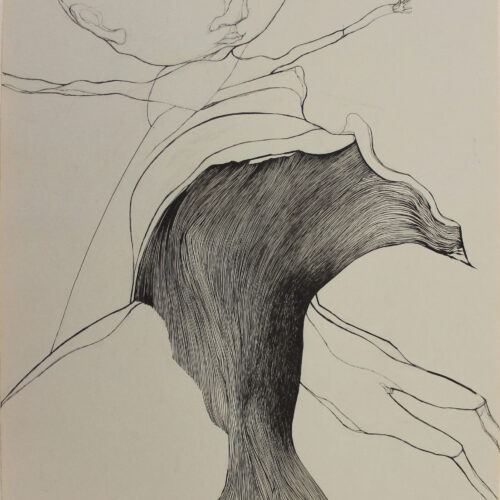
Untitled (Man on a Mushroom), n.d.
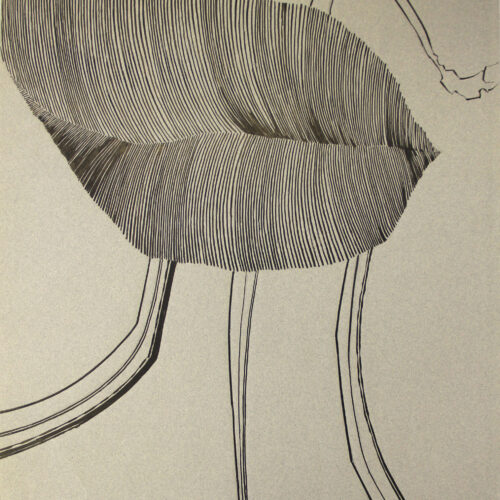
Untitled (Leg on Legs), n.d.
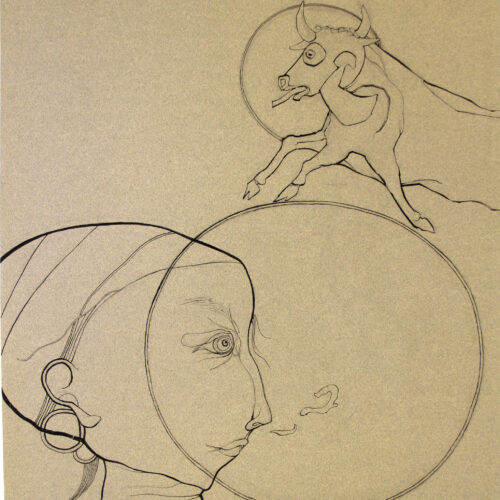
Untitled (Large Head with Bull), n.d.
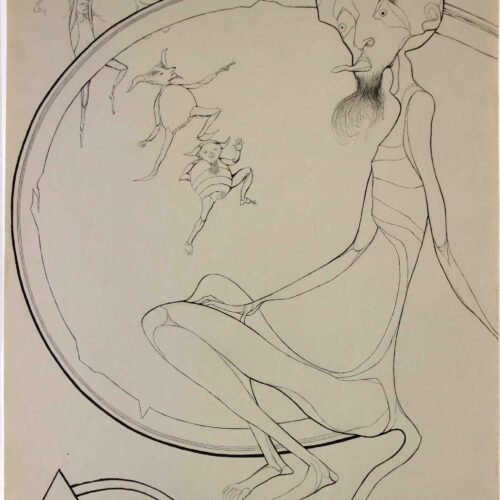
Untitled (Devil with Circle), n.d.
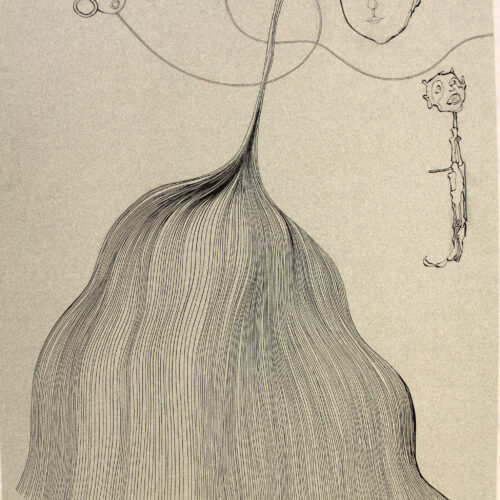
Untitled (Big Broom) n.d.
- 1
- 2
- 3
- 4
- …
- 6
- Go to the next page